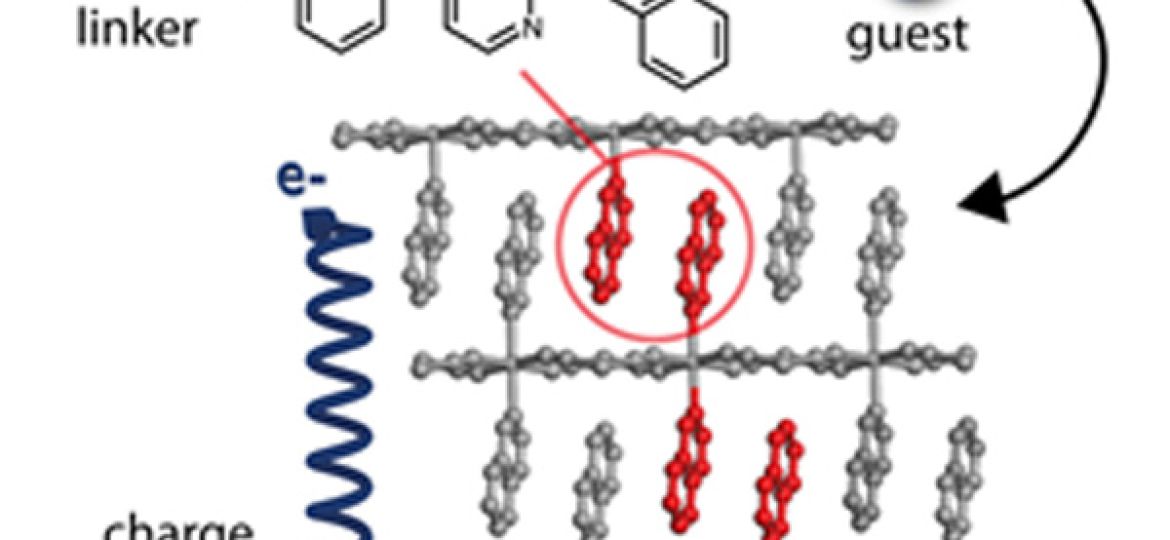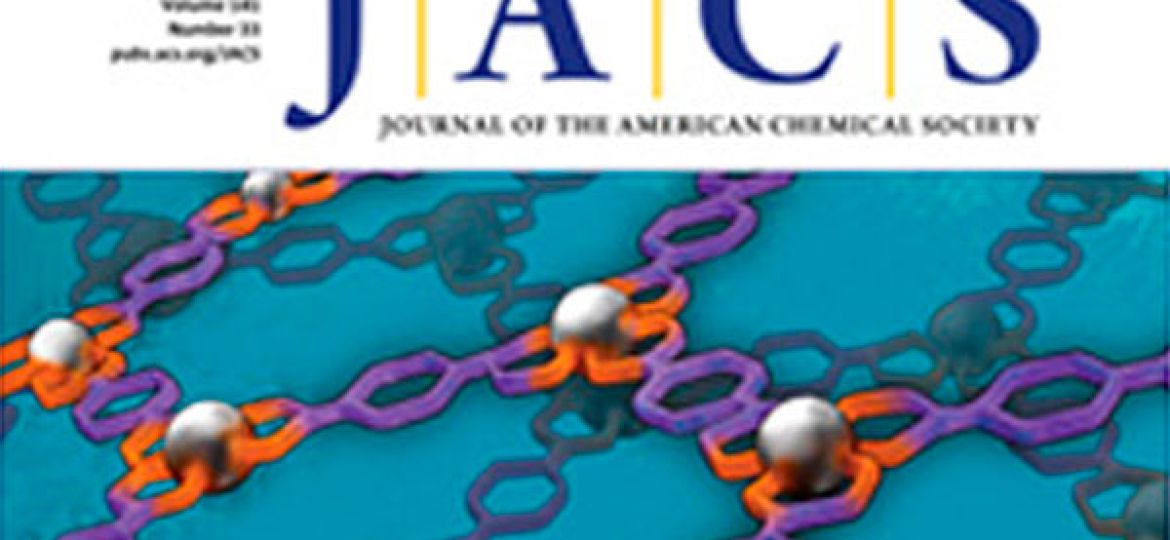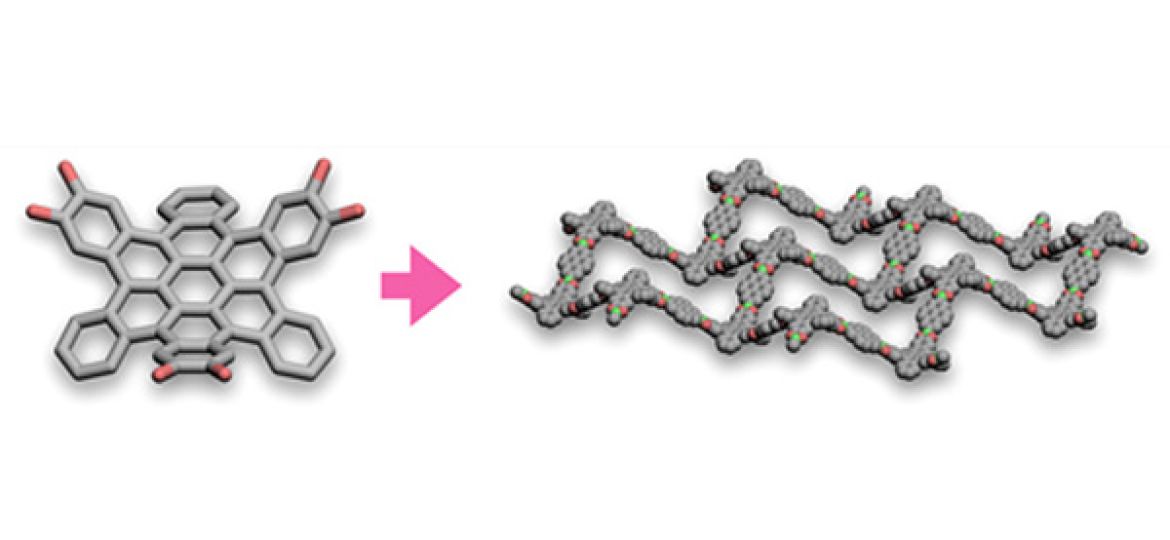Carlos was invited to present our recent results of relevance in biotechnological applications at the annual meeting of Biotecmed, to celebrate its recent certification as scientific institute of the Universidad de Valencia. We are excited to push hard our ongoing collaborations with our biological colleagues!
Funimat was present at the ACS Symposium held in San Diego. Carlos and Sergio presented our recent results in photoactive titanium frameworks and charge transport in ultrathin films in the MOF symposium.
Francisco G. Cirujano was present at the award ceremony of La Caixa research fellowships, awarded for the development of new methodologies for the efficient synthesis of pharmaceuticals. For more details see here.
Our study of the nanoscale properties of a family of 2D FeII Hoffmann-like coordination polymers was just published as an article in Chemistry of Materials. This collaboration between from FuniMat and SMolMat research groups of the ICMol, and scientist from the DELTA synchrotron of TU Dortmund. We report the fabrication of ultrathin films of (thickness < 30 nm) of this family of 2D FeII Hoffmann-like coordination polymers, and the subsequent study of their electronic and structural properties at the nanoscale. This type of study is unprecedented in spin crossover coordination polymers and contributes to the perspective integration of these materials into the field of electronics. You can read the full text here
Our work on the synthesis of hydroxamic titanium frameworks has been highlighted as supplementary cover in JACS. Thanks to the creative team of Principia for the excellent result. Hope you will like it!
Check our last collaboration with Mateo-Alonso´s group in Polymat. Marta-COF-1 is a nonplanar 2D-COF in which the waviness of the framework does not disrupt the interlayer p-p stacking so their charge transporting properties are similar to those of the best performing planar 2D COFs. The high stability and crystallinity of Marta-COF-1 have allowed an extraordinary level of characterization by HR-TEM, showing chairlike honeycomb facets and aligned mesoporous channels consistent with the experimental and predicted dimensions and packing. For more info see here
Rubén graduated in Chemistry at the Universidad de Valencia in 2019. He will be exploring the electrocatalytic properties and potential of some of the materials developed @FuniMAT in energy conversion.
Ana graduated in Chemistry in 2018 after an Erasmus stay at The University of Manchester. She will be exploring new methodologies for the flow synthesis of pharmaceuticals with MOF catalysts.
Fran is originally from Elche. He joins the team with a La Caixa Junior Leader Fellowship Fellowship after a Postdoc stay in KU Leuven with Dirk De Vos. He will focus on the development of high performance metal-organic framework catalysts.
Katherine Mirica (Dartmouth College) visited us and presented the recent advances of her team on conductive metal-organic frameworks to develop advanced sensory platforms. We are hopeful this will initiate a fruitful collaboration between both groups.










